Your cart is currently empty!
Tag: Intersection

The Intersection of GANs and NLP: Exploring Cutting-Edge Applications and Techniques
Generative Adversarial Networks (GANs) and Natural Language Processing (NLP) are two powerful technologies that have been making waves in the field of artificial intelligence. When these two cutting-edge technologies intersect, the possibilities for innovation and advancement are endless. In this article, we will explore the intersection of GANs and NLP, and delve into some of the most exciting applications and techniques that are emerging from this convergence.GANs are a type of neural network that is used to generate new data that is similar to a given dataset. They consist of two neural networks – a generator and a discriminator – that are trained in a competitive manner. The generator creates new data samples, while the discriminator tries to distinguish between real and generated data. Through this adversarial training process, GANs are able to generate incredibly realistic and high-quality data samples.
NLP, on the other hand, is a branch of artificial intelligence that focuses on the interaction between computers and human language. It involves tasks such as text generation, translation, sentiment analysis, and more. NLP has made significant advancements in recent years, thanks to the development of deep learning models like transformers and BERT.
When GANs and NLP intersect, they open up a whole new realm of possibilities for AI applications. One of the most exciting applications of this intersection is in the field of text generation. GANs can be used to generate realistic and coherent text samples, which can be incredibly useful for tasks like content creation, story writing, and dialogue generation. By training a GAN on a large dataset of text, the generator can learn to produce text that is indistinguishable from human-written content.
Another fascinating application of GANs and NLP is in the field of data augmentation. Data augmentation is a technique used to increase the size of a training dataset by creating new samples that are similar to the original data. By using GANs to generate synthetic text data, NLP models can be trained on much larger and more diverse datasets, leading to improved performance and generalization.
Furthermore, GANs and NLP can be combined to create powerful language models that are capable of performing a wide range of NLP tasks. For example, researchers have developed GAN-based models that can translate text between different languages, summarize long documents, and even generate code snippets from natural language descriptions.
In conclusion, the intersection of GANs and NLP is a rapidly evolving field that is pushing the boundaries of what is possible in artificial intelligence. By combining the generative power of GANs with the language understanding capabilities of NLP, researchers and developers are creating innovative applications and techniques that have the potential to revolutionize the way we interact with and utilize language in the digital world. As this intersection continues to advance, we can expect to see even more groundbreaking developments in the near future.
#Intersection #GANs #NLP #Exploring #CuttingEdge #Applications #Techniques,gan)
to natural language processing (nlp) pdf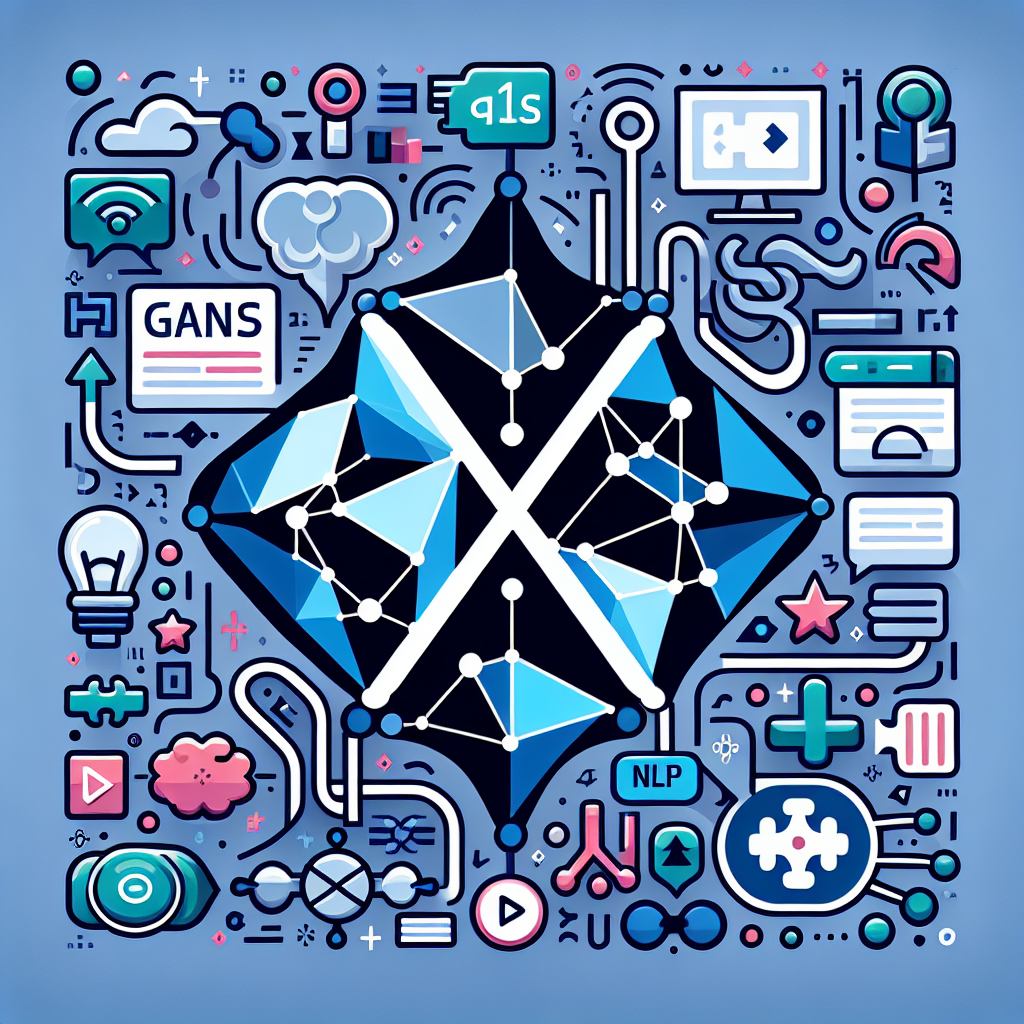
From GANs to NLP: A Deep Dive into the Intersection of Generative Adversarial Networks and Language Processing
Generative Adversarial Networks (GANs) have revolutionized the field of artificial intelligence by allowing machines to generate realistic images, videos, and even text. However, the intersection of GANs and Natural Language Processing (NLP) opens up a whole new world of possibilities for creating more advanced and intelligent systems.At its core, a GAN consists of two neural networks: a generator and a discriminator. The generator is tasked with creating new data samples, such as images or text, while the discriminator tries to distinguish between real and generated data. Through a process of competition and collaboration, the two networks work together to improve the quality of the generated output.
In the realm of NLP, GANs can be used to generate realistic and coherent text, which can be used for various applications such as language translation, text summarization, and even dialogue generation. By training a GAN on a large corpus of text data, the generator can learn to produce text that closely resembles human-written content, while the discriminator helps to ensure the generated text is of high quality and indistinguishable from real text.
One of the key challenges in applying GANs to NLP is the complexity and variability of language. Unlike images, which have a fixed size and structure, text can vary in length, style, and content, making it more difficult for the generator to produce coherent and meaningful output. Researchers have developed various techniques to address these challenges, such as using recurrent neural networks (RNNs) or transformers to capture the sequential and contextual dependencies in text data.
Another important aspect of using GANs for NLP is the evaluation of the generated text. Traditional metrics such as BLEU score or perplexity may not be sufficient to capture the quality and fluency of generated text. Researchers have proposed new evaluation methods, such as human evaluations or adversarial evaluation, to assess the performance of GAN-generated text more accurately.
The intersection of GANs and NLP has also led to the development of new applications and technologies. For example, researchers have used GANs to generate realistic dialogue responses for chatbots, create personalized content for users, and even generate code snippets based on natural language descriptions. These advancements have the potential to greatly improve the capabilities of AI systems and enhance user experiences in various domains.
In conclusion, the intersection of GANs and NLP represents a promising area of research with the potential to revolutionize the way we interact with machines and generate content. By leveraging the power of GANs to generate realistic and coherent text, researchers are paving the way for more advanced and intelligent AI systems that can understand and generate human-like language. As the field continues to evolve, we can expect to see even more exciting developments in the intersection of GANs and NLP.
#GANs #NLP #Deep #Dive #Intersection #Generative #Adversarial #Networks #Language #Processing,gan)
to natural language processing (nlp) pdf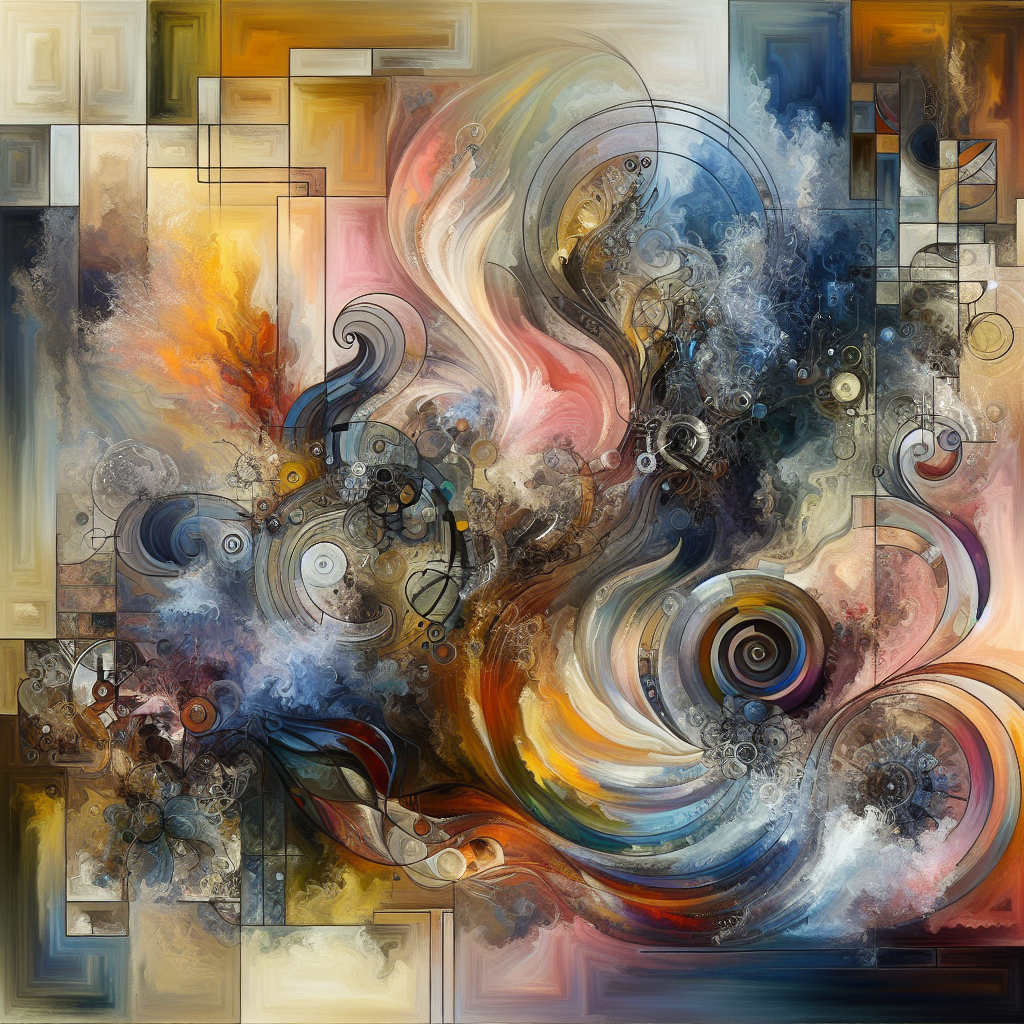
The Intersection of Art and Fashion: Exploring the Work of Contemporary Designers
Art and fashion have long been intertwined, with designers drawing inspiration from artistic movements and techniques to create innovative and unique pieces. In recent years, the intersection of art and fashion has become increasingly prominent, with contemporary designers pushing boundaries and blurring the lines between the two disciplines.One such designer is Virgil Abloh, the creative genius behind Off-White and the men’s artistic director at Louis Vuitton. Abloh is known for his bold and eclectic designs that seamlessly blend streetwear with high fashion, drawing inspiration from art, architecture, and music. His collections often feature graphic prints, vibrant colors, and unconventional silhouettes, reflecting his unique vision and artistic sensibility.
Another designer at the forefront of the intersection of art and fashion is Rei Kawakubo, the founder of Comme des Garçons. Known for her avant-garde and boundary-pushing designs, Kawakubo often collaborates with artists and incorporates art into her collections. She challenges traditional notions of beauty and aesthetics, creating garments that are more like wearable sculptures than clothes.
In addition to individual designers, there are also brands that are dedicated to the fusion of art and fashion. For example, Maison Margiela, under the creative direction of John Galliano, often collaborates with artists and incorporates artistic elements into its collections. The brand’s garments are known for their deconstructed and conceptual designs, blurring the line between fashion and art.
The intersection of art and fashion is also evident in the rise of wearable art, with artists creating pieces that are meant to be worn rather than displayed in a gallery. One such artist is Yayoi Kusama, known for her iconic polka dot prints and immersive installations. Kusama has collaborated with brands like Louis Vuitton to create limited-edition collections that bring her art to a wider audience.
Overall, the intersection of art and fashion is a dynamic and exciting space where creativity knows no bounds. Contemporary designers are pushing the boundaries of traditional fashion norms, creating pieces that are not only visually striking but also thought-provoking and innovative. As the worlds of art and fashion continue to collide, we can expect to see even more exciting collaborations and boundary-pushing designs in the future.
#Intersection #Art #Fashion #Exploring #Work #Contemporary #Designers,designers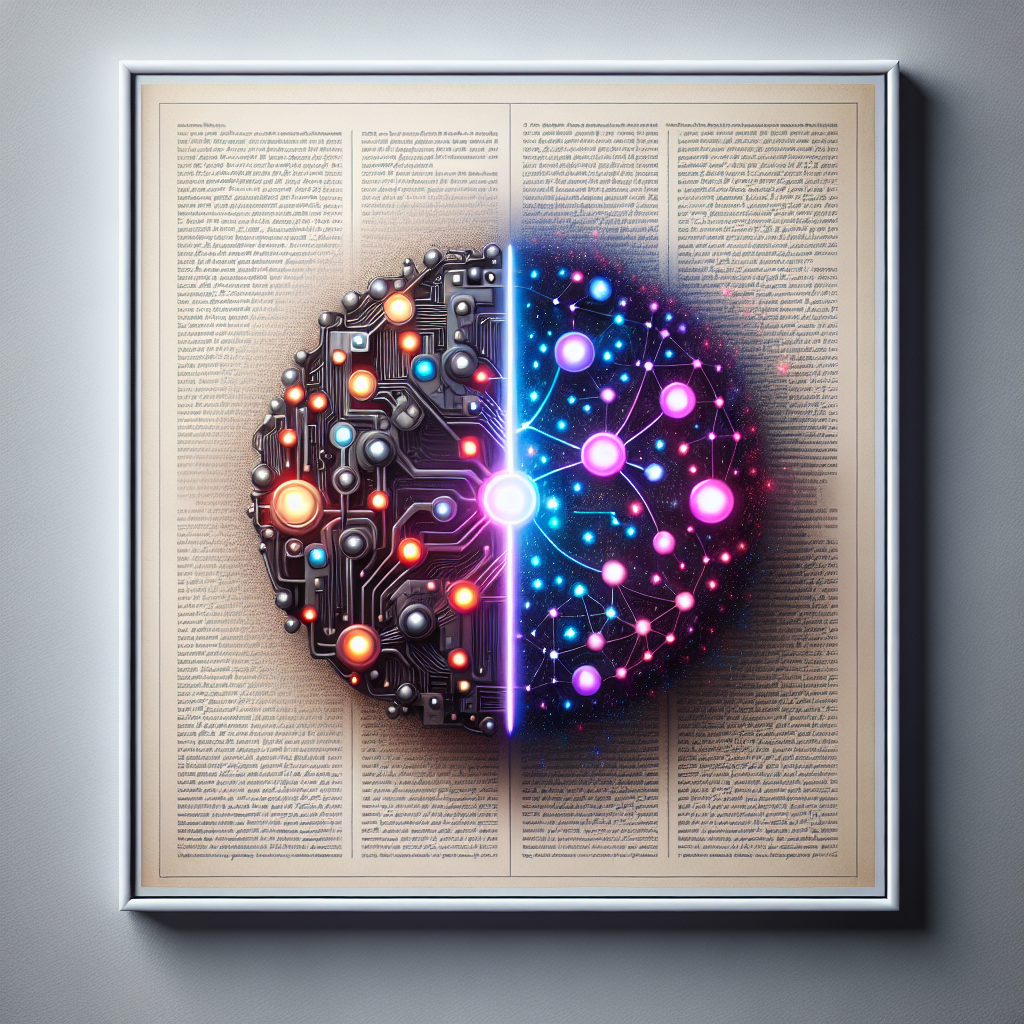
Exploring the Intersection of GANs and Natural Language Processing (NLP) in PDF Format
Exploring the Intersection of GANs and Natural Language Processing (NLP)Introduction
In recent years, there has been a growing interest in exploring the intersection between Generative Adversarial Networks (GANs) and Natural Language Processing (NLP). GANs are a type of neural network architecture that has shown great success in generating realistic images, while NLP focuses on understanding and generating human language. By combining these two fields, researchers have been able to create innovative models that can generate realistic and coherent text.
GANs in NLP
One of the key challenges in NLP is generating human-like text that is coherent and contextually relevant. Traditional language models such as LSTM and Transformer have been successful in generating text, but they often produce outputs that lack diversity and creativity. GANs offer a solution to this problem by introducing a generative model that can produce realistic text samples.
In the context of NLP, GANs can be used to generate text by training a generator model to produce text samples that are indistinguishable from real human-generated text. The generator is trained in conjunction with a discriminator model, which is tasked with distinguishing between real and generated text. By training these two models in an adversarial manner, the generator learns to produce text that is realistic and coherent.
Applications of GANs in NLP
The intersection of GANs and NLP has led to several exciting applications in the field. One of the most notable applications is text generation, where GANs can be used to generate realistic and diverse text samples. This has applications in various areas such as chatbots, language translation, and content generation.
Another application of GANs in NLP is text style transfer, where the style of a given text can be altered while preserving its content. This has applications in sentiment analysis, where the sentiment of a text can be changed without altering its meaning. GANs can also be used for text summarization, where they can generate concise summaries of long text documents.
Challenges and Future Directions
Despite the promising results of combining GANs and NLP, there are still several challenges that need to be addressed. One of the main challenges is the lack of large-scale datasets for training GANs in NLP tasks. Generating realistic text samples requires a large amount of data, which can be difficult to obtain for certain tasks.
Another challenge is the evaluation of GAN-generated text. Traditional metrics such as BLEU and ROUGE are not always suitable for evaluating the quality of generated text, as they focus on surface-level similarities rather than semantic coherence. Developing new evaluation metrics that capture the semantic quality of generated text is a key area for future research.
In conclusion, the intersection of GANs and NLP holds great promise for advancing the field of natural language generation. By combining the creative capabilities of GANs with the linguistic understanding of NLP, researchers can develop innovative models that can generate realistic and coherent text. As researchers continue to explore this intersection, we can expect to see further advancements in text generation and other NLP tasks.
#Exploring #Intersection #GANs #Natural #Language #Processing #NLP #PDF #Format,gan)
to natural language processing (nlp) pdf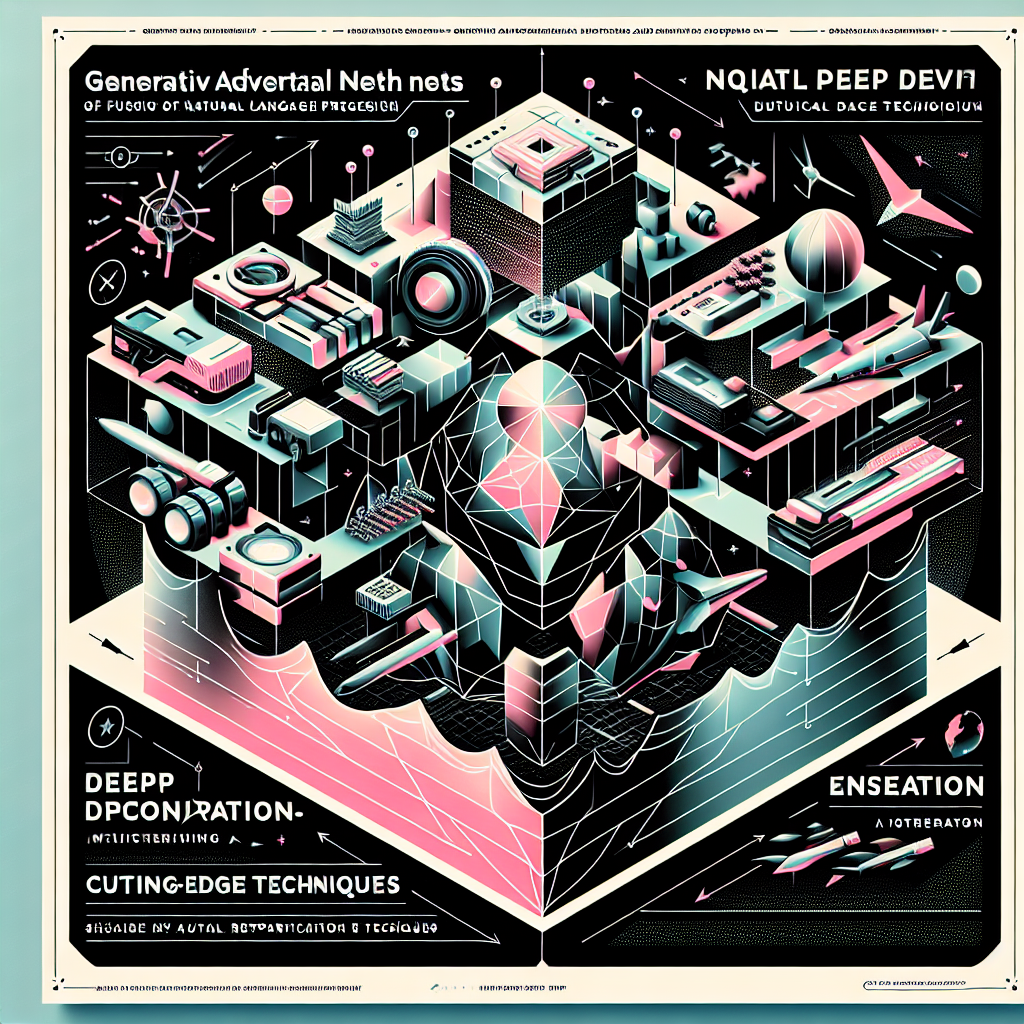
Exploring the Intersection of GANs and NLP: A Deep Dive into Cutting-Edge Techniques
Generative Adversarial Networks (GANs) have revolutionized the field of artificial intelligence by enabling the generation of realistic images, videos, and even text. On the other hand, Natural Language Processing (NLP) has made significant advancements in understanding and generating human language. The intersection of GANs and NLP is a promising area of research that has the potential to create new breakthroughs in AI technology.In recent years, researchers have been exploring the application of GANs in NLP tasks such as text generation, text summarization, and machine translation. One of the key challenges in applying GANs to NLP is the discrete nature of text data, which makes it difficult to train traditional GANs using gradient descent methods. To address this challenge, researchers have developed novel techniques such as reinforcement learning and adversarial training to train GANs on text data.
One cutting-edge technique that has gained attention in the intersection of GANs and NLP is the use of conditional GANs for text generation. Conditional GANs allow the model to generate text based on a given input condition, such as a prompt or a set of keywords. This enables the generation of more coherent and contextually relevant text, making it suitable for tasks such as dialogue generation and story writing.
Another exciting development in this field is the use of transformer-based models for text generation. Transformers are neural network architectures that have shown remarkable performance in NLP tasks such as machine translation and language modeling. By combining GANs with transformer models, researchers have been able to achieve state-of-the-art results in text generation tasks, producing more fluent and diverse text output.
Furthermore, researchers have also explored the use of GANs for text style transfer, where the goal is to modify the style of a given text while preserving its content. This has applications in tasks such as sentiment analysis, where the sentiment of a text can be changed without altering its meaning. By training GANs on paired datasets of texts with different styles, researchers have been able to generate text that effectively captures the desired style transfer.
Overall, the intersection of GANs and NLP is a rapidly evolving field that holds great potential for advancing the capabilities of AI systems in understanding and generating human language. By leveraging cutting-edge techniques and models, researchers are pushing the boundaries of what is possible in text generation, style transfer, and other NLP tasks. As this area of research continues to grow, we can expect to see even more exciting developments that will further enhance the capabilities of AI systems in processing and generating natural language.
#Exploring #Intersection #GANs #NLP #Deep #Dive #CuttingEdge #Techniques,gan)
to natural language processing (nlp) pdf
Reaction to latest high-profile HBCU football hires put merit and star power at intersection
Michael Vick and DeSean Jackson being named head football coaches at HBCUs would seem like a cause for celebration.
And, for the most part, it generally was.
Vick, a four-time NFL Pro Bowl quarterback, and Newport News, Virginia native, was praised for taking the lead role as the face of Norfolk State football in his backyard.
The Naismith Basketball Hall of Fame player and fellow Virginia sports legend Allen Iverson even attended the introductory press conference to support Vick.
“It’s a great story. It’s beautiful,” said Iverson. “It’s a beautiful day, not just what he has to offer to kids but to everybody.”
And days later, Jackson, who played with Vick on the Philadelphia Eagles, got the Delaware State job.
The ex-NFL wide receiver garnered support from Kansas City Chiefs coach Andy Reid, L.A. Rams coach Sean McVay, and Delaware State legend John Taylor, Jackson’s uncle.
“This is a win-win for everyone, particularly the young men that get to learn from him and the incredible staff he will assemble – many football aficionados who have been with him since the very beginning,” said Reid.

Photo: Norfolk State/YouTube Within a week, two dormant HBCU football programs were suddenly acknowledged like never before because of the new names associated with them.
“When was the last time anyone talked about Norfolk State football this much?” asked Virginian-Pilot reporter Michael Sauls hours after the Vick hire became official.
In a broader sense, ESPN Andscape journalist William C. Rhoden recently wrote that Vick’s hiring is “a sorely needed boost” for the MEAC.
Others have suggested that Jackson and Vick joining the HBCU coaching ranks would only enhance the visibility and credibility of Black College Football as a whole, similar to how Jackson State hired NFL star Deion Sanders in 2020 and Tennessee State named former Heisman Trophy winner Eddie George coach in 2021.
Perception of ex-NFL player hires is polarizing
But while there has been excitement and intrigue about another wave of ex-NFL greats coaching at HBCUs, another side is vocal that Jackson and Vick are afforded undeserved opportunities with limited or no experience.
I said it then with Deion and I’ll say now with Vick and D-Jax, I don’t like how former NFL players with no experience can cut the line and get head coaching jobs at HBCUs over HBCU coaches who have been putting in the work for years. #SWAC #MEAC #SIAC #CIAA
— Smitty from Up North aka Swift Sullivan (@Smitty1914) December 26, 2024
Remember when black reporters were talking about the difficulty in moving upwards when athletes kept taking their spots. Can only imagine how these coaches who been grinding for jobs feel.
— Quincy Avery (@QuincyAvery) December 26, 2024
Stronger sentiments about schools going after and hiring so-called “celebrity coaches” have been made by current HBCU coaches.
Clark Atlanta coach Teddy Keaton, in an appearance with HBCU Gameday weeks before Jackson and Vick were hired, was explicit in saying that some coaches “hate to see a celebrity coach” be considered for jobs without the resume they worked to attain over years of unheralded work.
Terrence Graves, who waited more than 30 years to become a head before being hired at Southern, called schools “hypocritical” during a recent interview on The Carlos Brown Show for requiring coaches to put in the time and then not be considered quality candidates to lead a program because they only possess HBCU experience.

Photo: Southern University Athletics “You work and prepare for those opportunities, and then when those opportunities come, the first thing they (HBCU administrators) say is, all he is is an HBCU coach,” said Graves, who led Southern to a SWAC West Division championship in his first season. “We need to think outside the box. We need a coach from an FBS school. We need an ex-pro coach.
“You told me what to do, but when it was time for me to take the reins, what you told me to do was not good enough.”
Former Florida A&M athletic director Tiffani-Dawn Sykes wondered whether it was standard practice for non-Division I HBCU schools to hire head coaches without previous collegiate experience.
“Serious question. Has a D1 PWI ever hired a head football coach with no college coaching experience, Sykes wrote on X. “(Please don’t take this as shade and have my mentions in shambles. I’m genuinely curious.).”
Sykes expressed being pleased that HBCUs were hiring “non-traditional, high-profile candidates” like Vick or Jackson because more college athletic directors will desire to build pro-style football operations.
Syke also wanted to acknowledge that veteran HBCU coaches could be “squeezed out of opportunities” for relatively inexperienced former NFL players.
The fact is that schools—North Carolina’s hiring of six-time Super Bowl-winning head coach Bill Belichick is an example of this trend—will now do whatever is possible to win and attempt to increase revenue streams.
There is more than one way to win at HBCUs
That’s especially true for places without a long history of winning—like UNC, Norfolk State, Morehouse, and Delaware State—that might need to take risks and hire a big-name coach after failing with traditional candidates.
A source with knowledge of the DSU search told HBCU Sports reporter Chris Stevens that the school had almost exclusively targeted a big name to fill that role.
Conversely, disgruntled HBCU coaches who might feel overlooked, threatened, or even betrayed are probably justified in their perception of what’s happening. College jobs are scarce, and it has been historically difficult for Black non-ex-pro football players to express feigned interest and get hired.
It has also not been easy for Black coaches, regardless of experience, to get a DI or NFL coaching job.
But sports isn’t a meritocracy or fair, and positions aren’t earned simply for being good stewards. Coaches don’t automatically get brownie points for doing it “the right way” or taking the hard road. Institutions must work in their own best interests and shouldn’t be in the business of placating a coach’s ego.
It is also understandable that HBCU stakeholders are wary that Vick and Jackson only value the opportunity as a means to an end to achieve personal goals when those same men didn’t express a desire to use their wealth, influence, and networks to partner with Black colleges before scratching the coaching itch.
Tyreek Hill, the star Miami Dolphins wide receiver, joked on social media that he should apply for an HBCU job because he perceived the requirement low to be considered.
Have my HBCU coaching gig ready
— Ty Hill (@cheetah) December 27, 2024
However, for every Cris Dishman, Vick, Sanders, George, and Jackson, there are successful HBCU-bred coaches such as Tremaine Jackson at Prairie View, T.C. Taylor at Jackson State, Trei Oliver at North Carolina Central, and Chennis Berry at South Carolina State who work their way up through the Black college ranks.
There is more than one way to win in college football, and there is room for everyone. Schools will explore different strategies and people to achieve this.
The recent high-profile hirings of head football coaches at Historically Black Colleges and Universities (HBCUs) have sparked a lot of discussion and debate in the sports world. These hires have brought together the intersection of merit and star power, as these coaches bring both impressive resumes and name recognition to their new positions.One of the most talked-about hires was Deion Sanders being named the head coach at Jackson State University. Sanders, a former NFL star and Hall of Famer, brings a wealth of football knowledge and experience to the program. His star power has already brought increased attention and excitement to Jackson State’s football program, with many fans eager to see what he can do with the team.
Another notable hire was Eddie George being named the head coach at Tennessee State University. Like Sanders, George is a former NFL star and brings a strong football background to his new role. His star power has also generated buzz around Tennessee State’s program, with many curious to see how he will fare as a head coach.
These hires have brought attention to the talents and potential of HBCU football programs, showcasing the caliber of coaches that these schools are able to attract. It also highlights the importance of diversity and inclusion in the coaching ranks, as these hires provide opportunities for Black coaches to lead and succeed at the highest levels of college football.
Overall, the reaction to these high-profile HBCU football hires has been largely positive, with many excited to see how these coaches will impact their respective programs. It will be interesting to see how their merit and star power intersect to drive success on and off the field.
Tags:
HBCU football hires, high-profile coaches, merit-based hiring, star power in college football, reactions to HBCU coaching changes
#Reaction #latest #highprofile #HBCU #football #hires #put #merit #star #power #intersection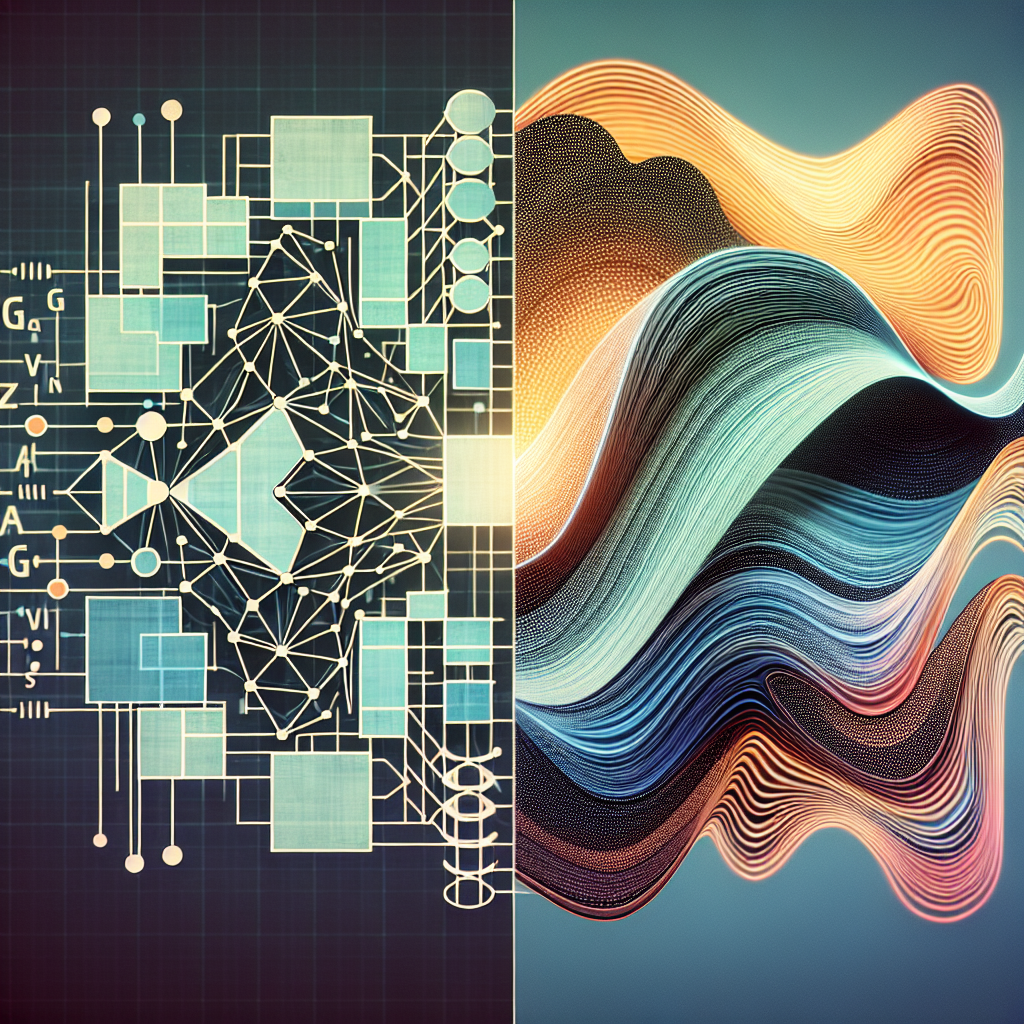
Exploring the Intersection of GANs and NLP: A Review of Techniques and Applications
Generative Adversarial Networks (GANs) have been a hot topic in the field of artificial intelligence, particularly in the realm of computer vision. However, in recent years, researchers have started to explore the intersection of GANs and Natural Language Processing (NLP), leading to exciting advancements in the field.In a nutshell, GANs are a type of neural network architecture that consists of two networks – a generator and a discriminator – that are trained simultaneously in a competitive setting. The generator network is tasked with generating realistic data samples, while the discriminator network aims to distinguish between real and generated samples. Through this adversarial training process, GANs are able to generate highly realistic and diverse data samples.
When it comes to NLP, GANs have been applied in a variety of ways to generate text, improve language models, and perform various NLP tasks. One of the most common applications of GANs in NLP is text generation, where the generator network is trained to produce coherent and contextually relevant text. This has been particularly useful in tasks such as machine translation, dialogue generation, and text summarization.
In addition to text generation, GANs have also been used for style transfer in NLP. By training the generator network to transform text from one style to another, researchers have been able to create models that can generate text in a specific writing style or tone. This has applications in areas such as content generation, sentiment analysis, and authorship attribution.
Furthermore, GANs have been employed in improving language models through techniques such as adversarial training and reinforcement learning. By training the discriminator network to evaluate the quality of generated text, researchers can provide feedback to the generator network, leading to improved text generation performance. This has been particularly useful in tasks such as language modeling, where the goal is to generate text that is coherent and contextually relevant.
Overall, the intersection of GANs and NLP has opened up new avenues for research and development in the field of artificial intelligence. By harnessing the power of GANs for text generation, style transfer, and language modeling, researchers are able to create more sophisticated and versatile NLP models. As technology continues to advance, we can expect to see even more innovative applications of GANs in NLP, leading to improved performance and capabilities in natural language processing tasks.
#Exploring #Intersection #GANs #NLP #Review #Techniques #Applications,gan)
to natural language processing (nlp) pdf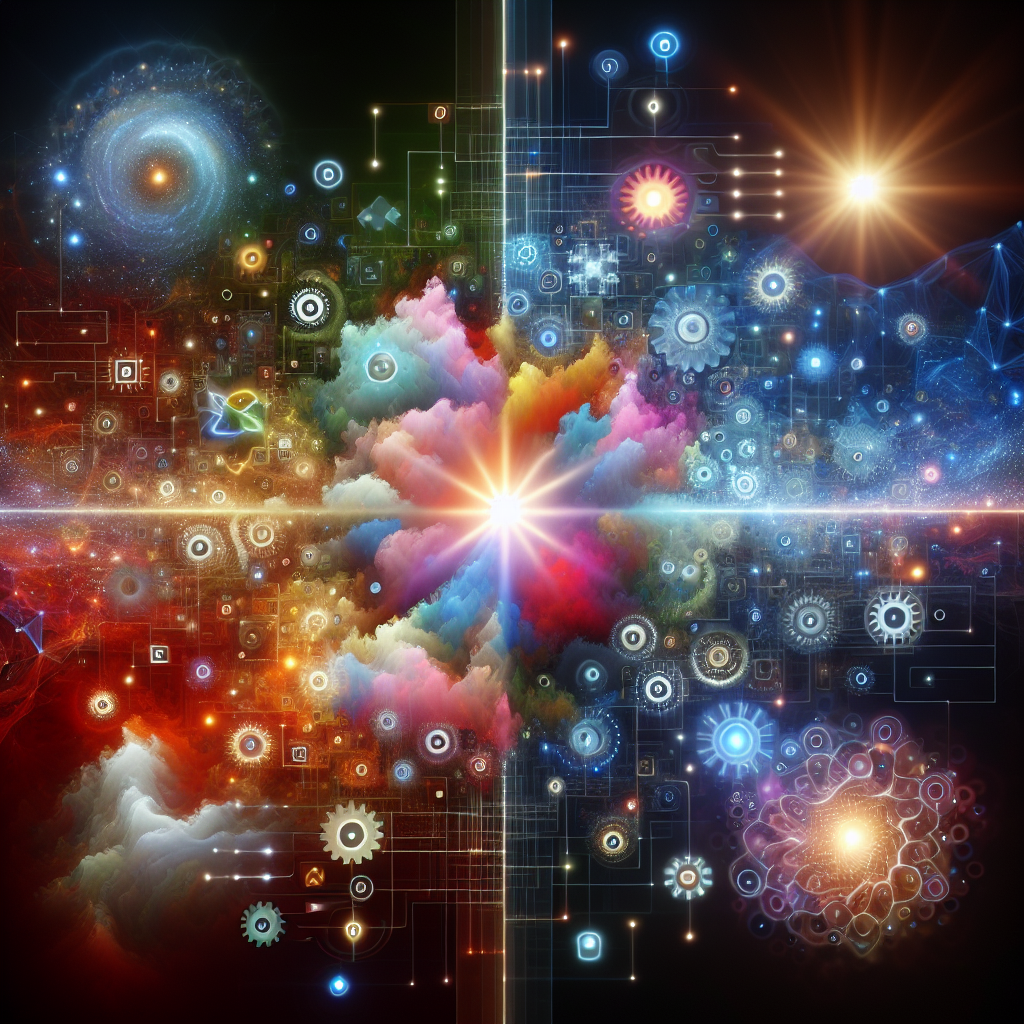
The Intersection of Gan and NLP: Advancements in Text Generation
The Intersection of GAN and NLP: Advancements in Text GenerationGenerative Adversarial Networks (GANs) and Natural Language Processing (NLP) are two cutting-edge technologies that have been making waves in the field of artificial intelligence. While GANs are primarily used for generating realistic images, NLP focuses on understanding and generating human language. In recent years, researchers have started exploring the intersection of these two technologies to create advanced text generation models that can produce coherent and contextually relevant text.
One of the key challenges in text generation is maintaining coherence and context throughout the generated text. Traditional language models, such as recurrent neural networks (RNNs) and transformers, often struggle with generating text that is both grammatically correct and contextually relevant. This is where GANs come in – by incorporating a discriminator network that evaluates the text generated by the generator network, GAN-based text generation models can produce more coherent and contextually relevant text.
One of the most popular approaches to GAN-based text generation is the use of adversarial training, where the generator network is trained to generate text that is indistinguishable from human-written text, while the discriminator network is trained to differentiate between human-written and machine-generated text. This adversarial training process helps the generator network learn to generate text that is not only grammatically correct but also contextually relevant.
Another key advancement in GAN-based text generation is the use of conditional GANs, where the generator network is conditioned on a specific input, such as a prompt or a topic. This allows the generator network to generate text that is relevant to the input, making it more suitable for tasks such as text summarization or dialogue generation.
Researchers have also explored the use of pre-trained language models, such as GPT-3, in conjunction with GANs to improve text generation performance. By fine-tuning a pre-trained language model using GAN-based training techniques, researchers have been able to achieve state-of-the-art results in text generation tasks.
Overall, the intersection of GANs and NLP has led to significant advancements in text generation technology. By leveraging the strengths of both GANs and NLP, researchers have been able to create text generation models that are more coherent, contextually relevant, and human-like. As these technologies continue to evolve, we can expect even more exciting developments in the field of text generation.
#Intersection #Gan #NLP #Advancements #Text #Generation,gan)
to natural language processing (nlp) pdf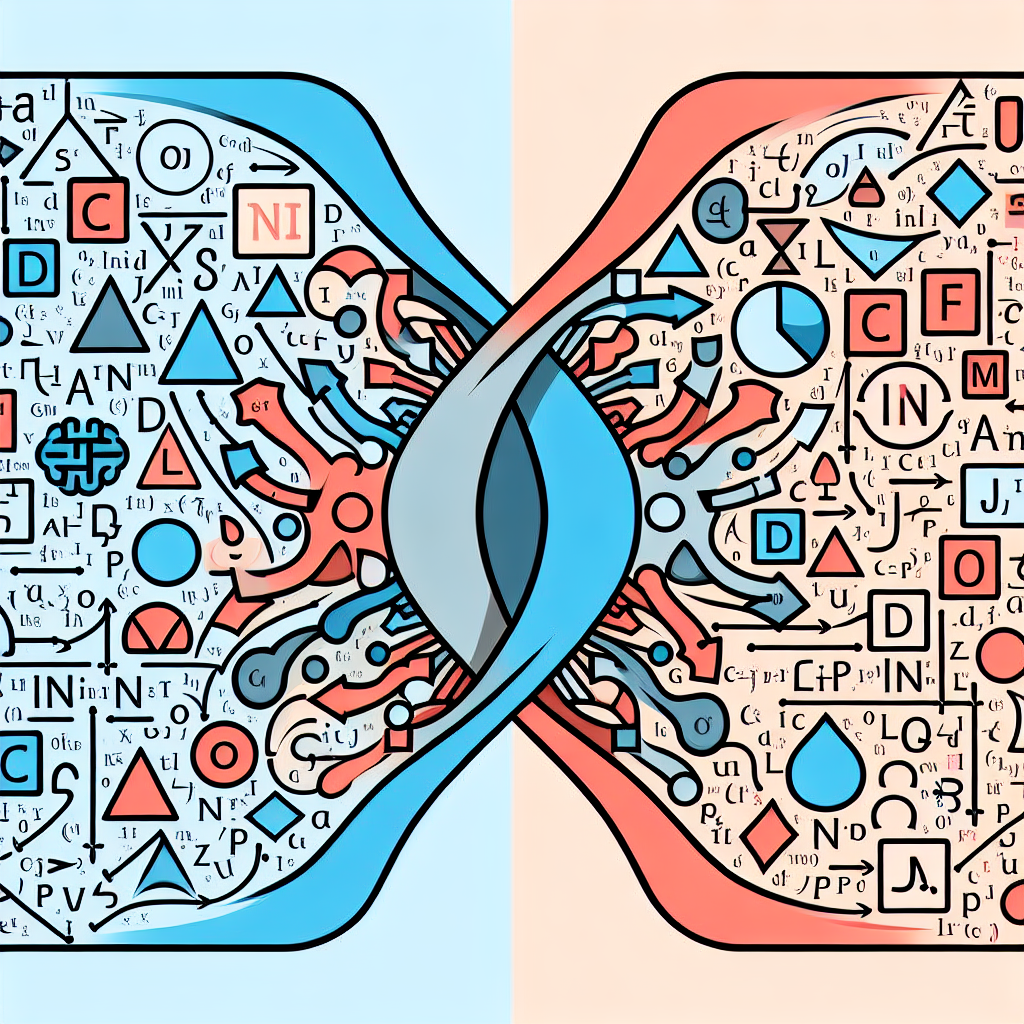
Exploring the Intersection of Generative Adversarial Networks (GANs) and Natural Language Processing (NLP)
Generative Adversarial Networks (GANs) have revolutionized the field of artificial intelligence by enabling the generation of highly realistic images, videos, and even music. However, their application to natural language processing (NLP) has been relatively unexplored until recently. In this article, we will explore the intersection of GANs and NLP and discuss the potential applications and challenges of this exciting field.GANs are a type of deep learning model that consists of two neural networks – a generator and a discriminator – that are trained together in a competitive manner. The generator creates fake data samples, while the discriminator tries to distinguish between real and fake samples. Through this adversarial training process, the generator learns to generate increasingly realistic samples, while the discriminator learns to become better at distinguishing real from fake samples.
In the context of NLP, GANs can be used to generate text, translate languages, and even improve the performance of existing language models. One of the key challenges in NLP is generating coherent and contextually relevant text, which GANs can help address by learning to generate text that is indistinguishable from human-written text. GANs can also be used to improve the quality of machine translation systems by generating more accurate and fluent translations.
Another exciting application of GANs in NLP is text style transfer, where the style of a given text can be modified to match a different style (e.g., switching between formal and informal language). This can be useful in various applications, such as improving the readability of legal documents or making customer service chatbots more engaging.
However, there are also several challenges in applying GANs to NLP. One major challenge is the lack of high-quality training data, as generating realistic text samples requires a large and diverse dataset. Another challenge is the evaluation of generated text, as it can be subjective and difficult to measure objectively. Additionally, GANs can suffer from mode collapse, where the generator only learns to generate a limited set of samples, leading to repetitive and uninteresting outputs.
Despite these challenges, the intersection of GANs and NLP holds great promise for advancing the field of artificial intelligence and creating more human-like language models. Researchers are actively exploring new techniques and architectures to overcome these challenges and unlock the full potential of GANs in NLP.
In conclusion, the intersection of GANs and NLP has the potential to revolutionize the way we interact with language and create new opportunities for AI applications in various domains. By leveraging the power of GANs to generate realistic text, we can improve the quality and diversity of language models and create more engaging and personalized experiences for users. As researchers continue to push the boundaries of GANs in NLP, we can expect to see even more exciting developments in the near future.
#Exploring #Intersection #Generative #Adversarial #Networks #GANs #Natural #Language #Processing #NLP,gan)
to natural language processing (nlp) pdf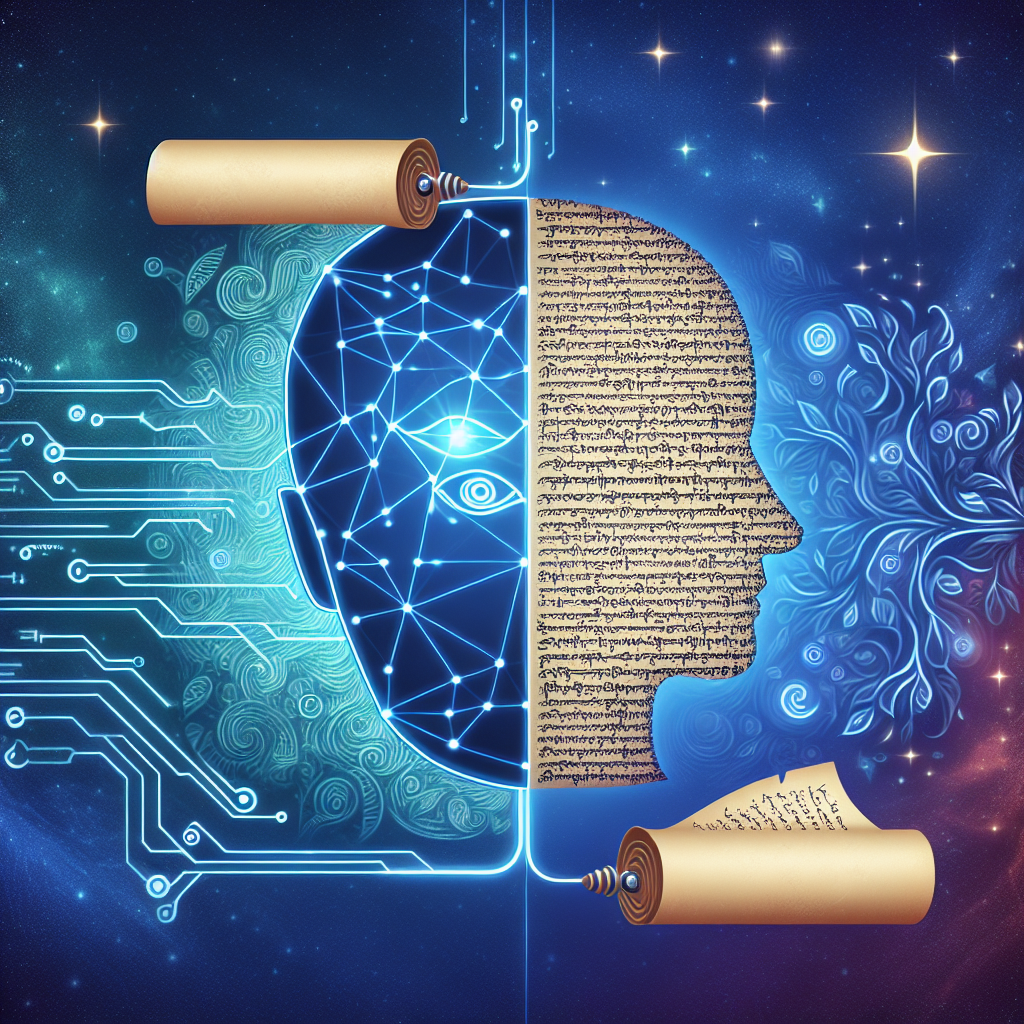
Exploring the Intersection of GANs and NLP: A Look at Recent Developments and Future Trends
Generative Adversarial Networks (GANs) and Natural Language Processing (NLP) are two cutting-edge fields in artificial intelligence that have been making significant progress in recent years. While GANs are primarily used for generating realistic images, NLP focuses on understanding and generating human language. However, researchers have started to explore the intersection of these two fields, leading to exciting new developments and potential applications.One of the key areas where GANs and NLP intersect is in text generation. GANs have been used to generate realistic and coherent text, which can be useful for tasks such as language translation, summarization, and dialogue generation. By training a GAN on a large corpus of text data, researchers have been able to create models that can generate human-like text that is indistinguishable from text written by humans.
Another area of interest is in text-to-image generation, where researchers are using GANs to generate images based on textual descriptions. By combining NLP techniques with GANs, researchers have been able to create models that can generate realistic images from textual descriptions, opening up new possibilities for applications such as image captioning and virtual reality.
In addition to text generation, researchers are also exploring the use of GANs in NLP tasks such as sentiment analysis, text classification, and language modeling. By training GANs on labeled text data, researchers have been able to create models that can accurately classify text into different categories or generate text that conveys specific sentiments.
Looking ahead, the intersection of GANs and NLP holds great promise for the future of artificial intelligence. As researchers continue to explore the potential applications of these two fields, we can expect to see advancements in areas such as machine translation, conversational AI, and content generation.
Overall, the intersection of GANs and NLP represents a fascinating area of research that is poised to revolutionize the way we interact with and understand language. By combining the power of GANs with the capabilities of NLP, researchers are paving the way for exciting new developments and future trends in artificial intelligence.
#Exploring #Intersection #GANs #NLP #Developments #Future #Trends,gan)
to natural language processing (nlp) pdf
